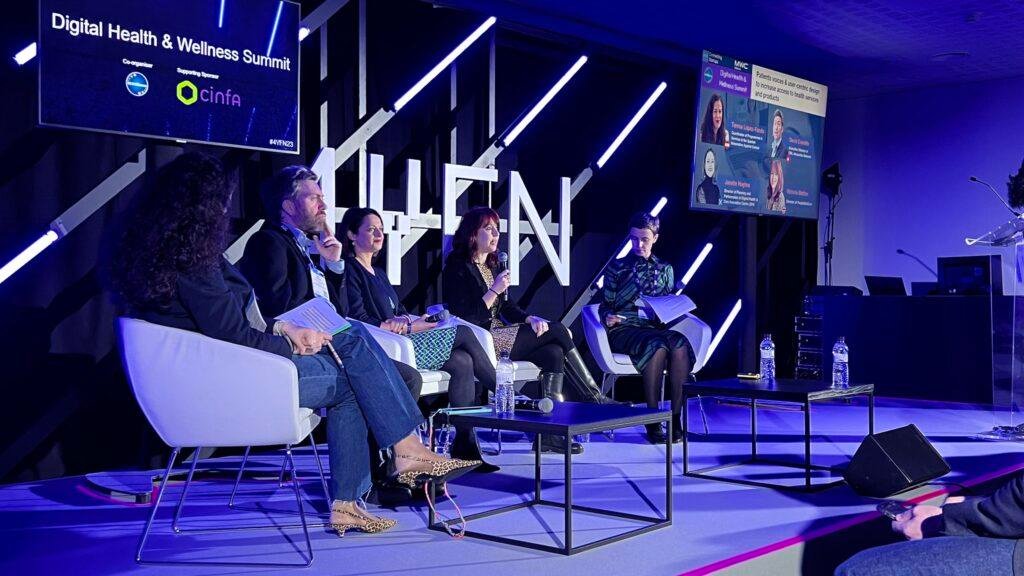You finally get the medical diagnosis, but what happens next?
This series of articles provides support to those asking questions like ”What does the future look like for our child and us? What can or cannot our child do later? What is the life expectancy of our child? etc.”. You’ll receive practical advice for anyone who has a child with a rare/chronic disorder.
This is the fourth article of the Dutch global non-profit patient organisation for patients with CMTC and Other Vascular (bloodvessel) Malformations, their families and healthcare providers.
Some patients live for months, years or in many cases, their entire lives with an undiagnosed condition. Obtaining a diagnosis can be a long and difficult journey4,5,6,7; a EURORDIS survey of eight relatively common rare diseases in Europe showed that 25% of patients waited from five to 30 years for a diagnosis, and during that time 40% received an incorrect diagnosis. Misdiagnosis results in inappropriate treatment and care options.
Living with an undiagnosed disease is often extremely challenging. A significant consequence of being undiagnosed revolves around the heartache and stress patients and their families experience, compounding feelings of isolation and exclusion that worsen with the chaotic journey through numerous referrals, investigations, and disease evolutions.
But then, you finally get the medical diagnosis. And then …
What rages through you as parents? ”What does the future look like for our child and us? What can or can’t our child do later? What is the life expectancy of our child? What is the impact of this on our family? Will our child be able to live independently and have a nice life?” And so on.
This series of articles provides practical support to anyone who is dealing with a child who has a (rare / chronic) disorder. The following main topics are described in this series:
- Introduction.
- A roller coaster of emotions.
- The impact on the entire family.
- What you can do yourself.
- All therapies in a row.
- How others can help.
- Additional information: https://www.cmtc.nl/en/pedia/psychology/after-diagnosis/
We also developed a booklet in multiple languages.
The next time we will discuss ‘our online Community’.
